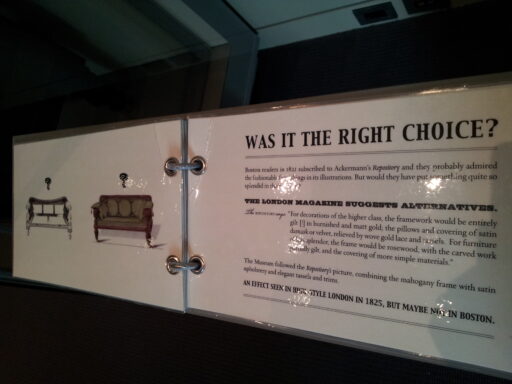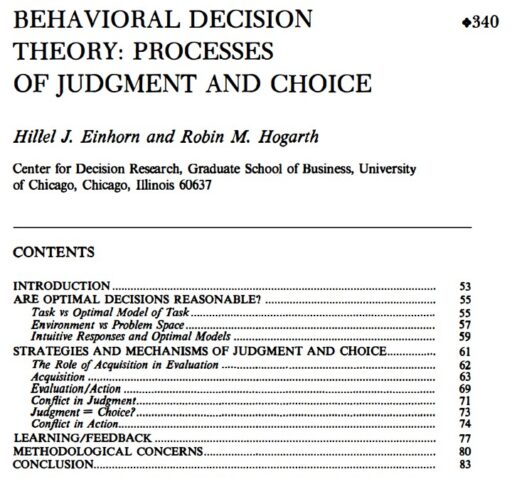
While I stayed in Boston for the conference, I visited Museum of Fine Arts (MFA), Boston and met an intriguing decision-making question. I took a picture of a panel titled Making Choices which says,
Every gallery represents a long series of choices. Who decides which works go on view and how they should be arranged? What factors go into making that decision? Does the Museum have consistent guidelines about what should be on view — or do the rules change from gallery to gallery?
Ultimately, the MFA’s curators are responsible for deciding what you see in the galleries, for making choices from the Museum’s rich collections that do justice to the art and engage the viewer. Context is key — what is the story to be told? Should the gallery be a survey of a whole period or should it showcase just a few artists in depth? Should it provide variety or set up close comparisons? Re-create a sense of a historical period, focus on a specific style, or feature that character of individual objects? Curators work with a team of designers and educators in considering these issues and making these decisions.
And finally there is the question of quality. Which works are the most compelling? In which are the artist’s skills most effectively employed? Where are materials used with the greatest sophistication or technical ability? And what about condition: does the work still represent the artist’s intent at the time it was made?
Indeed, curators face a decision-making task regarding how to display an artifact. Do they complete the artifact to restore its original appearance (e.g., sofa with hypothetical cushions) or do they remain the artifact as-is for further studies (e.g., sofa frame only)? Unfortunately, there is no right answer for this question. I wish some behavioral decision theory researchers discuss this issue seriously.
***
Reference
Einhorn, H. J., & Hogarth, R. M. (1981). Behavioral decision theory: Processes of judgement and choice. Annual review of psychology, 32(1), 53-88.



